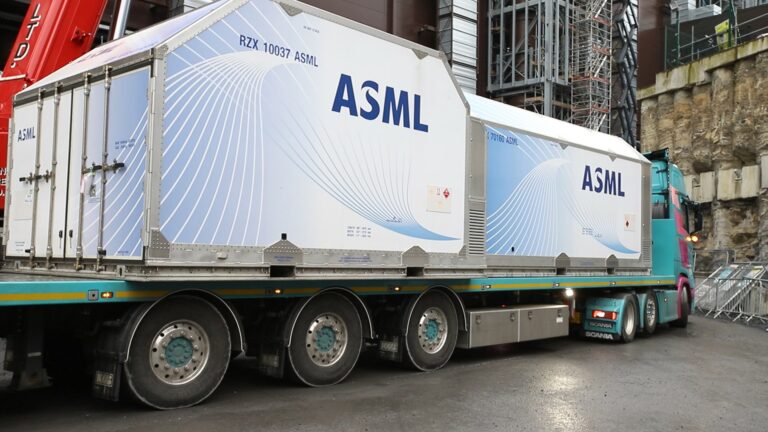The Flemish tech research lab imec and ASML will jointly develop new processors using the so-called high-numerical aperture (High-NA) extreme ultraviolet (EUV) lithography technology. An experimental production line will be set up within imec for this purpose.
According to both parties, the collaboration, particularly the High-NA EUV technology, should lead to a better understanding of the benefits of advanced chip technology and the development of a prototype platform to support innovation in this field.
More specifically, imec, ASML, and other partners want to develop new chip applications and more sustainable production methods for chip manufacturers and users. Furthermore, the research aims to develop so-called advanced “holistic patterning flows” for the ecosystems around manufacturing equipment and raw materials.
In line with Chips Act
Ultimately, all these developments should yield new high-performance energy-efficient processors and also AI systems. Part of the now-confirmed collaboration between imec and ASML is therefore captured in an IPCEI proposal that is now under review by the Dutch government. The pilot also aligns with the EU Chips Act, which seeks to boost chip production on its own continent.
Used ASML equipment
Part of the collaboration includes installing an experimental production line with ASML equipment at imec in Leuven, Belgium. This production capacity includes the latest 0.55 NA EUV (TWINSCAN EXE:5200) -, 0.33 NA EUV (TWINSCAN NXE:3800) -, DUV immersion (TWINSCAN NXT:2100i) machines, Yieldstar optical and HMI multi-beam technology.
The first phases of the research will take place with an ASML TWINSCAN EXE:5000 High-NA EUV scanner in the joint imec-ASML High-NA lab. The second phase, which will take place on the production line at imec, uses the aforementioned next-generation ASML TWINSCAN EXE:5200 High-NA EUV scanner.
Also read: Dutch government restricts export of ASML chip machines to China
